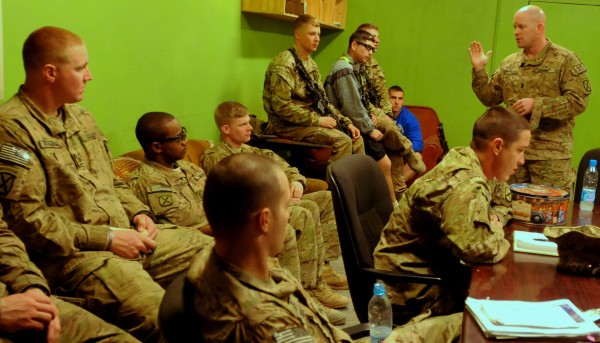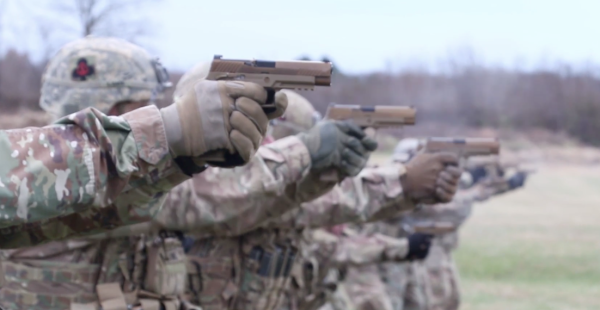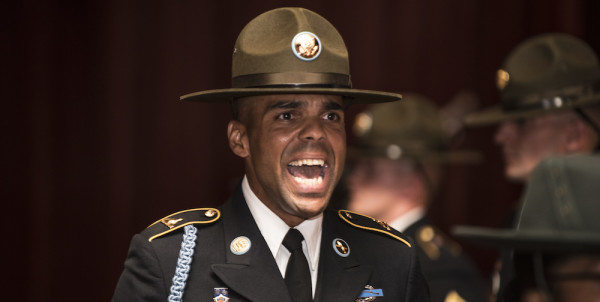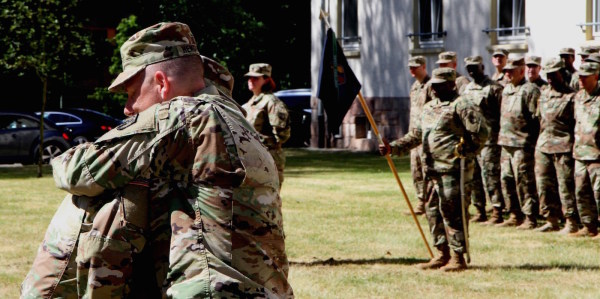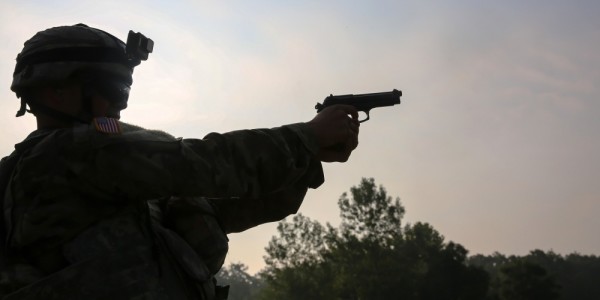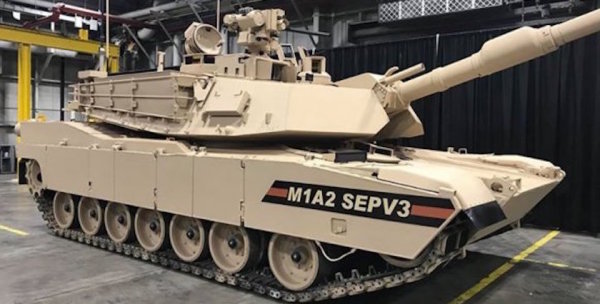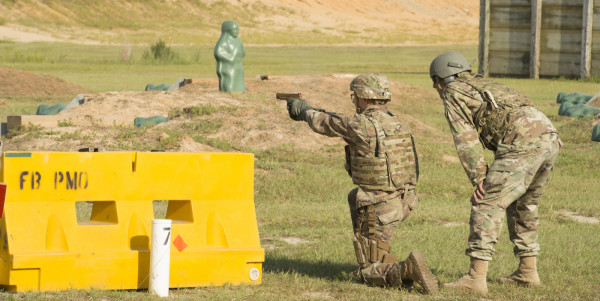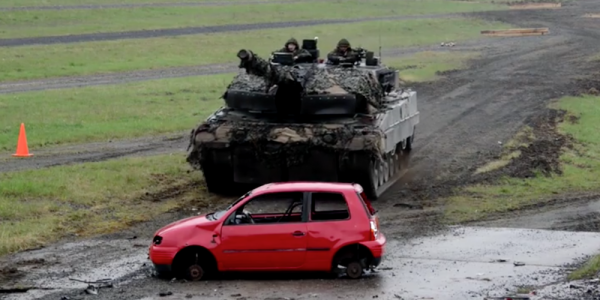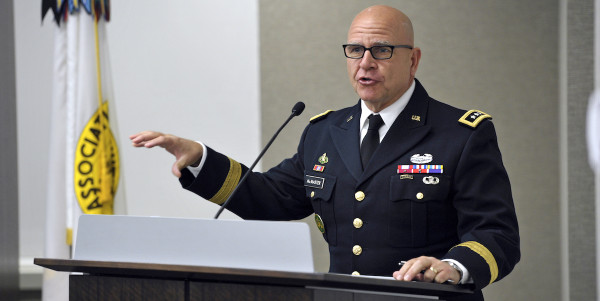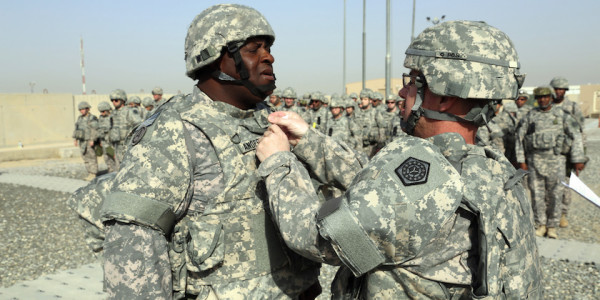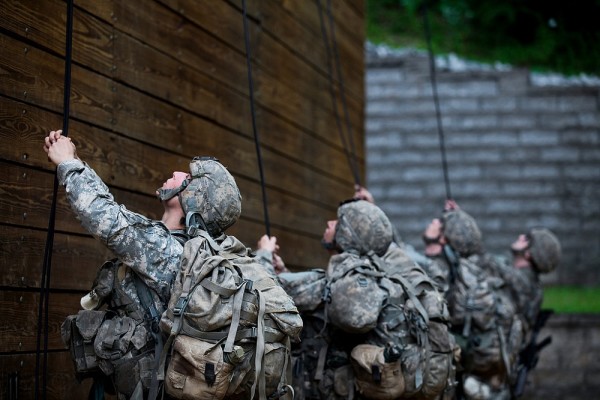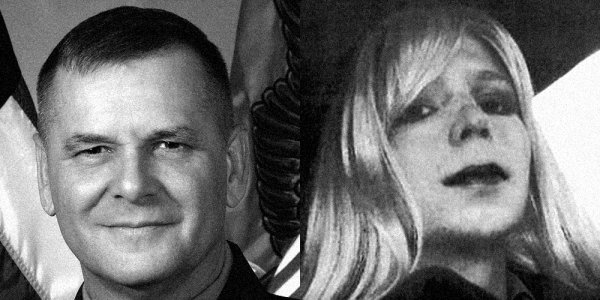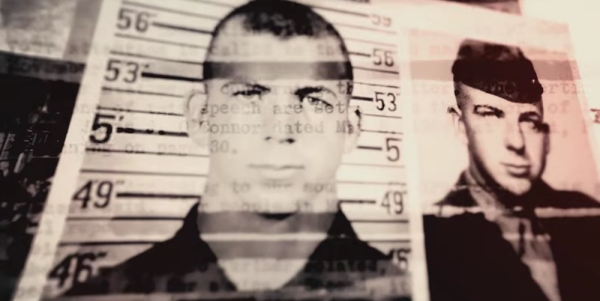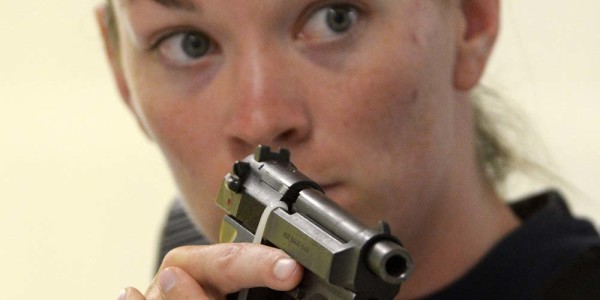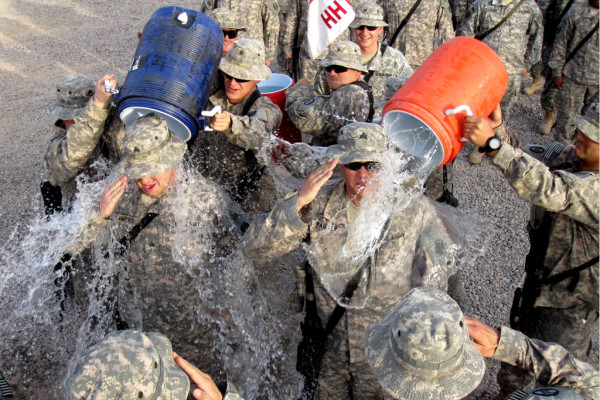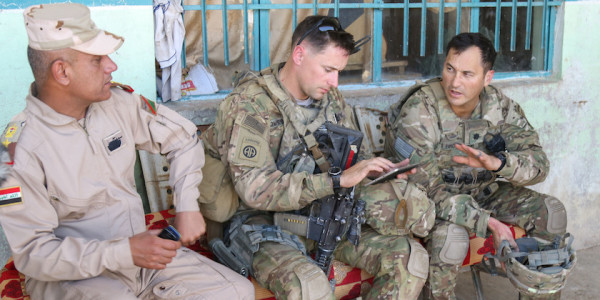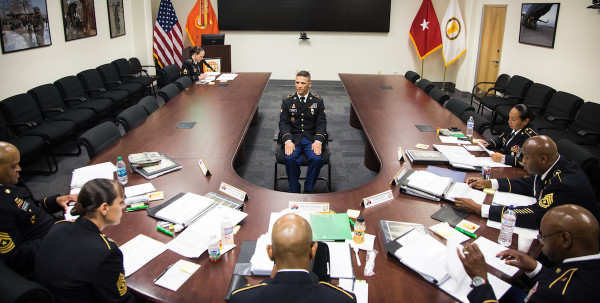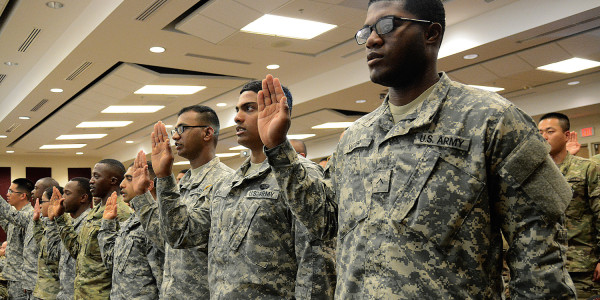Under the direction of Army Secretary John McHugh, junior commissioned and warrant officer evaluation reports, previously masked from scrutiny, will be available for promotion and selection boards to examine by July 1. The errors and successes an officer made in the formative stages of his or her career will be laid out with the potential to have an influence on continued service. This major shift in personnel policy comes at a time when the U.S. Army and the Department of Defense are already experiencing significant upheaval internally while trying to fix unresolved problems abroad. And while offering more transparency to senior promotion boards on how an officer performed early on in his or her career may introduce some professional risk for some officers and “break faith” with others, it may also be necessary to improve the profession of arms.
Some believe that unmasking lieutenant and junior warrant officer evaluations may go against the tenets of mission command. The Army adopted this leadership philosophy in its current form with its field manual released in August 2003. The ambiguous environment young leaders found themselves in through most of the wars in Iraq and Afghanistan demanded decentralized operations, disciplined initiative, and agile, adaptive leadership that mission command calls for in this and later publications. A lieutenant must operate in many circumstances with scant guidance and on his or her own judgement. Mission command doctrine allows tremendous latitude for a young leader, but also creates the potential for a misstep or serious error. The chance at being wrong in a tactical situation may influence young leaders to hesitate for fear of a bad review, leading to a career that may be over before it really gets going. This hesitancy, coming full circle, defeats the initiative mission command needs for the philosophy to work.
Further, critics argue that any promotion-evaluation-drawdown discussion or change in the Army seems to spur a ground swell of “no zero defects.” The Army is, after all, an organization made of imperfect but well-intentioned people. And its object, war, is a uniquely human phenomenon. Demanding perfection when the system is set to be anything but is starkly unfair and could be unattainable. Young leaders will stumble as they develop as professionals, particularly when the environment is working against them. Honest tactical errors should not permanently harm an officer, let alone be put in an evaluation and presented to promotion boards years later.
By allowing errors to be recorded on evaluations, officers may become more risk averse yes-people instead of the critical, creative thinkers the Army says it wants. Leaders, seeking continued employment while serving a grateful nation, may do what will be safe and not necessarily what will win.
The shift in evaluation policy and the career implications for some is an emotionally charged topic. Bureaucratic processes that have the appearance of putting individual soldiers at a disadvantage usually do. For instance, last year’s separation selection boards for captains and majors had entire year groups of officers, nearly all well qualified for the next level, on edge as to the future of their careers. Despite sequestration and a military-wide force reduction, there was a considerable outcry over how the Army broke faith with or betrayed those who served through so much. The individual catches media attention more so than the health of the force as a whole. Further, like the separation board, unmasked junior evaluations change the rules of the game, for many, mid-career.
However, if you look beyond the implications if this policy change for some individuals, you’ll see that perhaps unmasking the junior officer evaluations to promotion board scrutiny will enhance performance and accountability across the force. It may encourage young officers to make smarter decisions instead of brash ones in the name of mission command. The Captain Sobels of the current Army may be a little more inclined to seek help from their noncommissioned officer counterpart, or to collaborate with their officer peers, when facing tough problems. This last part becomes critical. As an officer ascends through the ranks, these collaboration skills become exponentially more important as he or she works on higher staffs, leads planning teams, and works within joint, interagency, and coalition environments.
Further, the realist may see this move as a tool for officers to self-select out of promotion potential in this (as the saying goes) fiscally austere environment. The Army is shrinking, despite the threats we face, and some folks have to go. It is partly cold dollars and cents and a way to get leaner in a service that spends more of its budget on personnel-related costs than others. (About 40% of the Army’s total budget in fiscal year 2015 went to personnel costs, compared to 29% for the Navy and 23% for the Air Force.) We are moving beyond the “no major left behind” policy in a number of ways and this is one more method. Harsh as it may sound, the Army has to set the cut line somewhere and this is an additional discriminator for boards to use.
There is one final counter argument to any unmasking outcry. Removing the mask on lieutenant evaluations may reveal performance events that are largely inconsequential to promotions at higher levels. For instance, my next promotion board more than likely will be underwhelmed when it reads (if it reads at all) about how many rounds I fired safely as a battery fire direction officer, or how I performed on the command inspection as the battalion Cup and Flower fund manager. I am also not too modest to share that my senior rater demanded that I “attend the career course immediately” in one of my first evaluation reports. Although important indicators of potential at the captain board, I feel confident in assuming that these write ups will have little impact at my lieutenant colonel board. A bottom line that certainly a majority of officers can draw from removing the mask is a big “so what.”
Despite the initial discomfort with the change in evaluation policy, everyone is now forced to play by a stronger set of big boy rules; the promotion board as well as the officer. The board members must take into account tactical errors within a certain threshold of acceptability while continuing to discriminate against faults in character. A number of officers may have had “one to grow on” evaluations that sparked a change in how they thought, led troops, and conducted themselves as new members of the profession. These should be far from career killers. If the officer showed a consistent upward trend over the years from that initial poor evaluation, then the board should look more favorably on those that put in the work to improve.
And if the Army’s officer corps wishes to protect its young company grades, senior officers — the raters and senior raters in particular — could restrict the critiques of poor tactical performance to the confines of an office, around a humvee hood, or over a beer. If raters sincerely want to develop young leaders without the potential of sinking a career at the onset, then counseling and mentorship must become even more critical to the professional development process.
Certainly a tactical “screw the pooch” moment should not be recorded indelibly on an evaluation and could be saved for these critical one-on-one moments. If anything, these times may have more of an impact on a receptive officer, encourage him or her to see the light early on, and be a better leader for it. If the Army improves its body of officers and counseling and mentoring proliferates, then unmasking the junior officer evaluation reports may be worth the initial heartaches.
